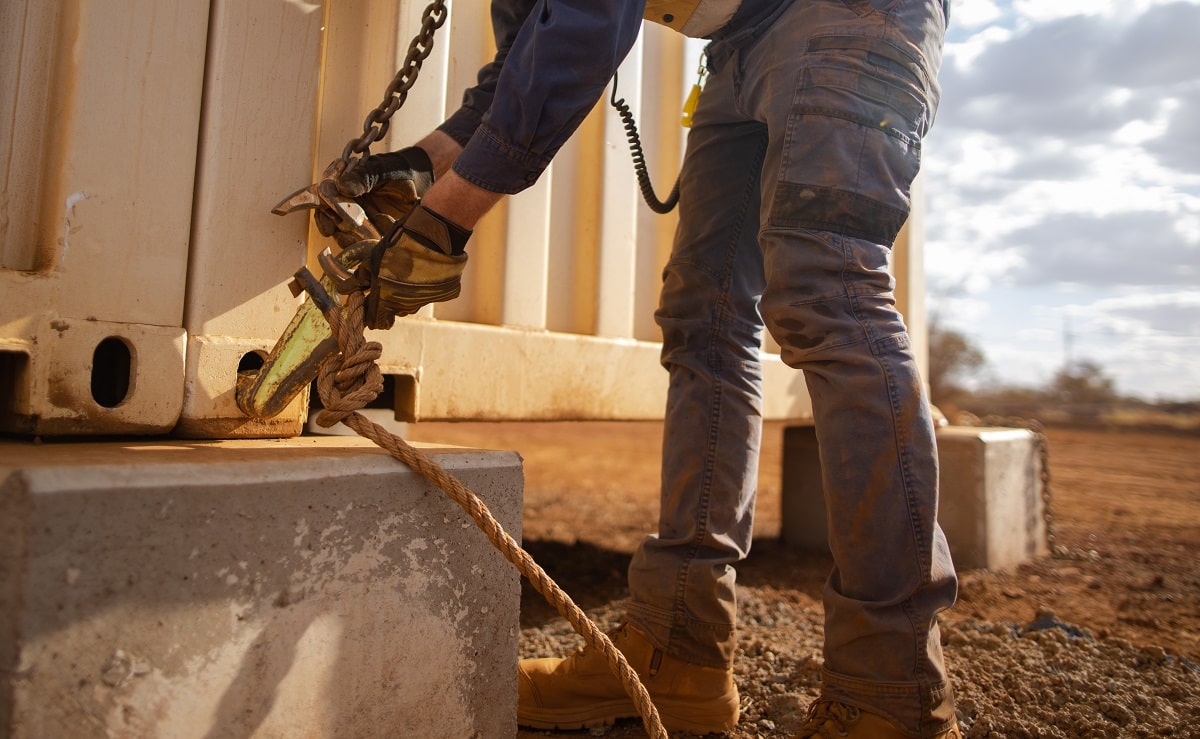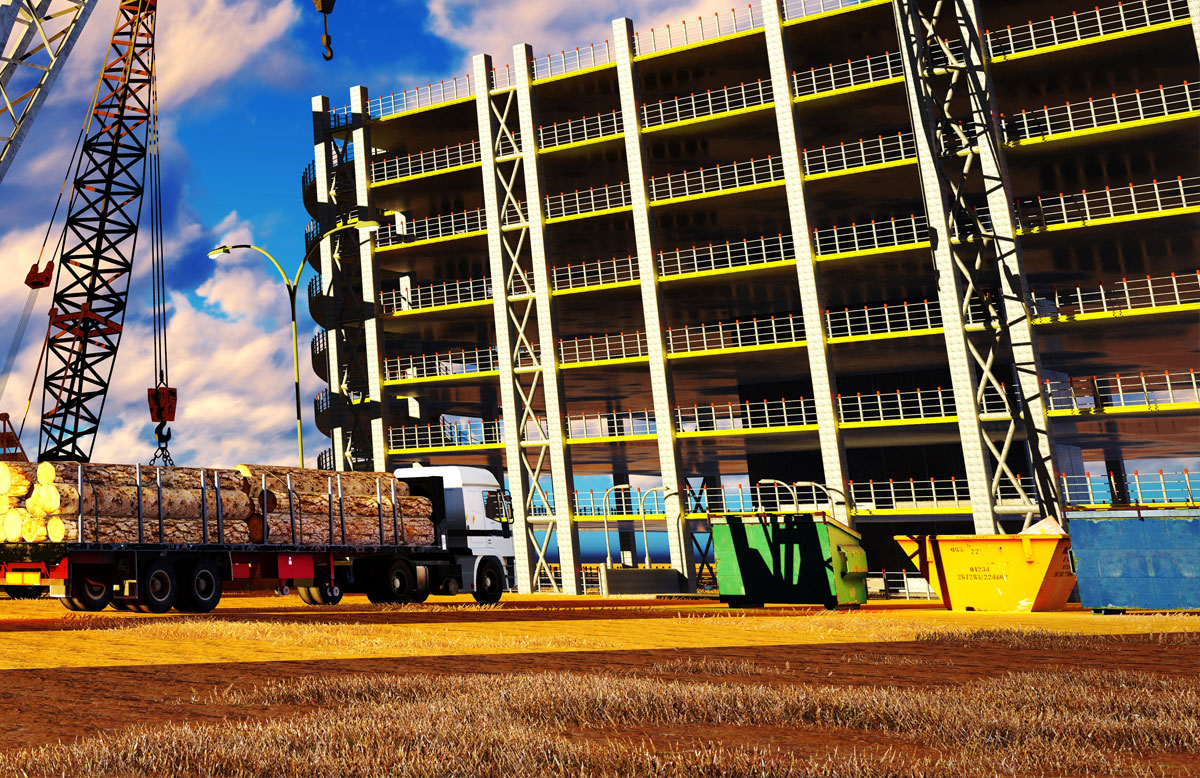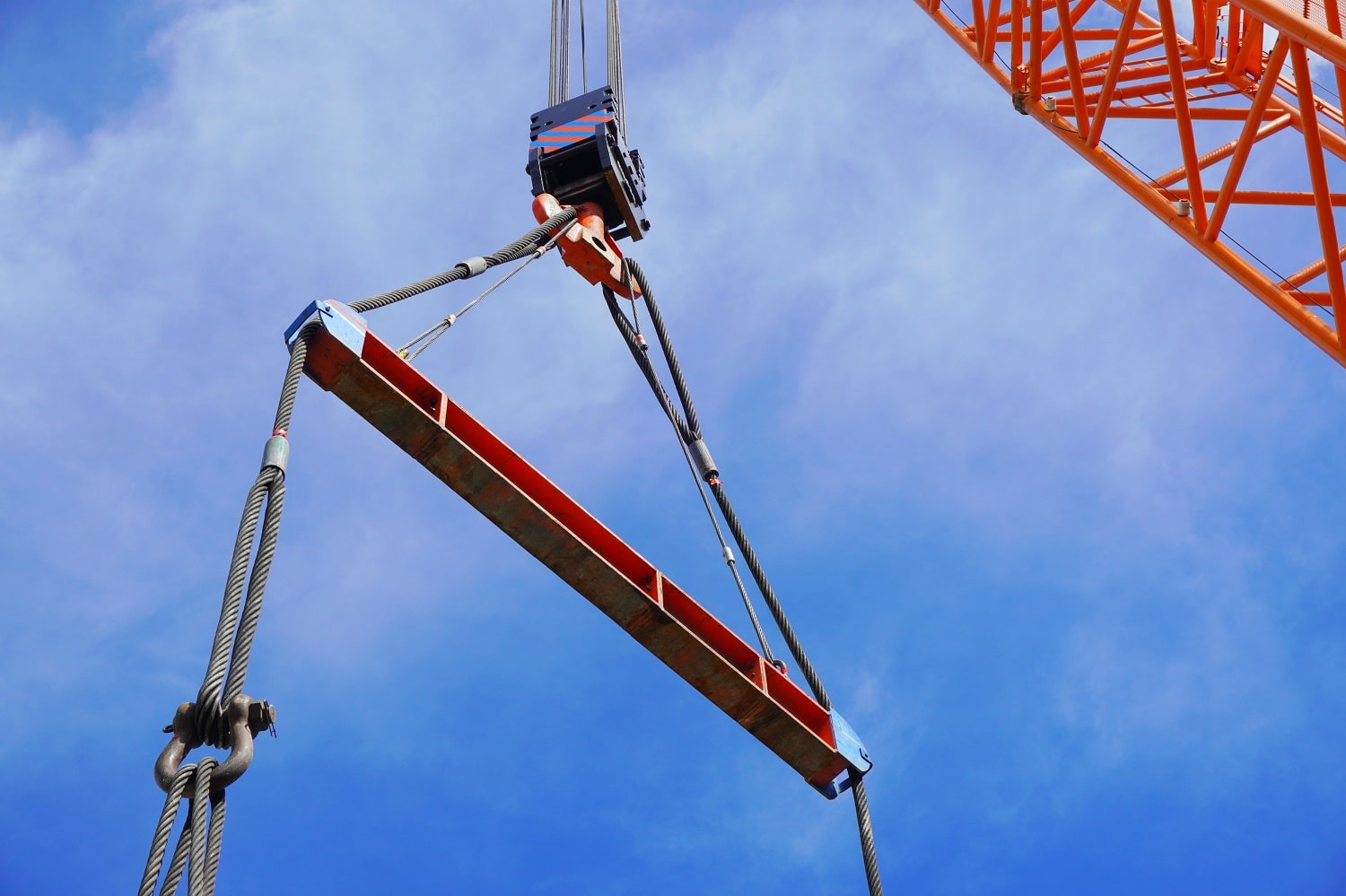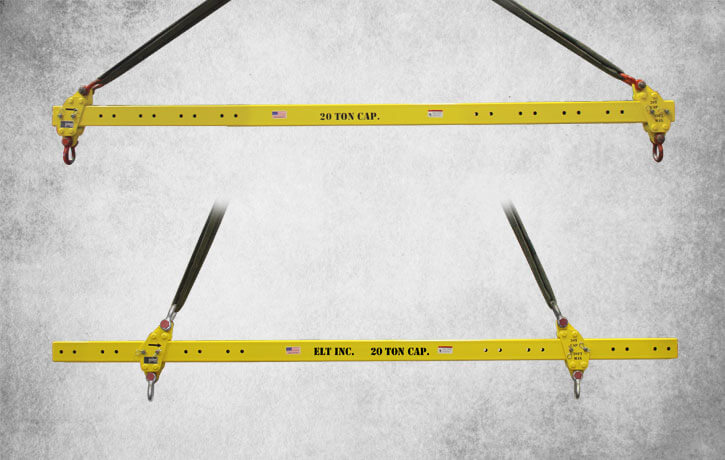How Often Should Rigging Equipment Be Inspected
In industrial settings, the proper inspection and maintenance of rigging equipment is paramount to ensuring both safety and operational efficiency for your business. Rigging equipment, which includes slings, hoists, and other lifting devices, plays a crucial role in various industries such as construction, manufacturing, and transportation. Regular inspections not only help prevent accidents and injuries but also ensure compliance with regulatory standards. In this comprehensive guide, we will delve into the key aspects of rigging equipment inspections, combining insights from multiple sources to provide a detailed overview.
Understanding Rigging Equipment Inspections
Rigging equipment inspections are a critical component of workplace safety and risk management. They involve the systematic assessment of lifting gear to identify potential defects, wear and tear, and other issues that could compromise safety. Proper inspections help in identifying problems early on, allowing for timely repairs or replacements.
Frequency of Inspections
- OSHA Regulations: The Occupational Safety and Health Administration (OSHA) sets guidelines for rigging equipment inspections. According to OSHA Standard 1926.251, frequent and periodic inspections are required. Frequent inspections, often conducted daily or before each shift, involve a visual assessment of equipment for any visible damage or defects. Periodic inspections are more comprehensive and should be conducted at regular intervals by a qualified person.
- Industry Best Practices: Industry experts emphasize that the frequency of inspections should depend on factors such as the type of equipment, the intensity of use, and environmental conditions. Slings and rigging equipment that experience heavy usage may need more frequent inspections than those with lighter use.
Types of Inspections
- Pre-Use Inspection: Before each use, operators should conduct a pre-use inspection. This involves checking for obvious damage, wear, or defects. Any issues identified should be promptly reported and addressed.
- Frequent Inspection: Frequent inspections are designed to catch visible defects or damage that could develop during regular use. These inspections should be carried out daily or before each shift and include a visual examination of the equipment, as well as checking connections and fittings.
- Periodic Inspection: Periodic inspections are more comprehensive and are typically performed by a qualified individual. These inspections delve into the internal components of equipment and focus on wear points, load-bearing components, and any other potential issues that may not be visible during frequent inspections.
- Post-Repairs Inspection: After any repairs or modifications, a thorough inspection is essential to ensure that the equipment is safe for use.
Documentation and Record-Keeping
- Inspection Logs: Proper documentation is crucial for compliance and liability purposes. Detailed inspection logs should be maintained, including the date of inspection, the equipment inspected, the inspector’s name, and the findings.
- Defect Management: If defects are identified during inspections, a clear protocol for reporting and managing defects should be in place. Defective equipment should be promptly removed from service until repairs or replacements are completed.
Training and Qualifications
- Qualified Inspectors: OSHA mandates that inspections be conducted by qualified individuals with the necessary training and expertise. Training programs should cover the identification of defects, proper inspection techniques, and relevant regulations.
- Operator Training: In addition to inspector training, equipment operators should also receive training on conducting pre-use inspections and recognizing signs of equipment wear or damage.
Conclusion
Industrial rigging equipment inspections are a vital component of workplace safety and compliance. Regular inspections, both frequent and periodic, play a crucial role in preventing accidents, ensuring equipment reliability, and complying with regulatory standards. By following a comprehensive inspection regimen, maintaining proper documentation, and providing appropriate training, organizations can create a safer and more efficient working environment for their employees while upholding industry standards.





